Biophilic Design: How Bringing Nature Indoors Boosts Health
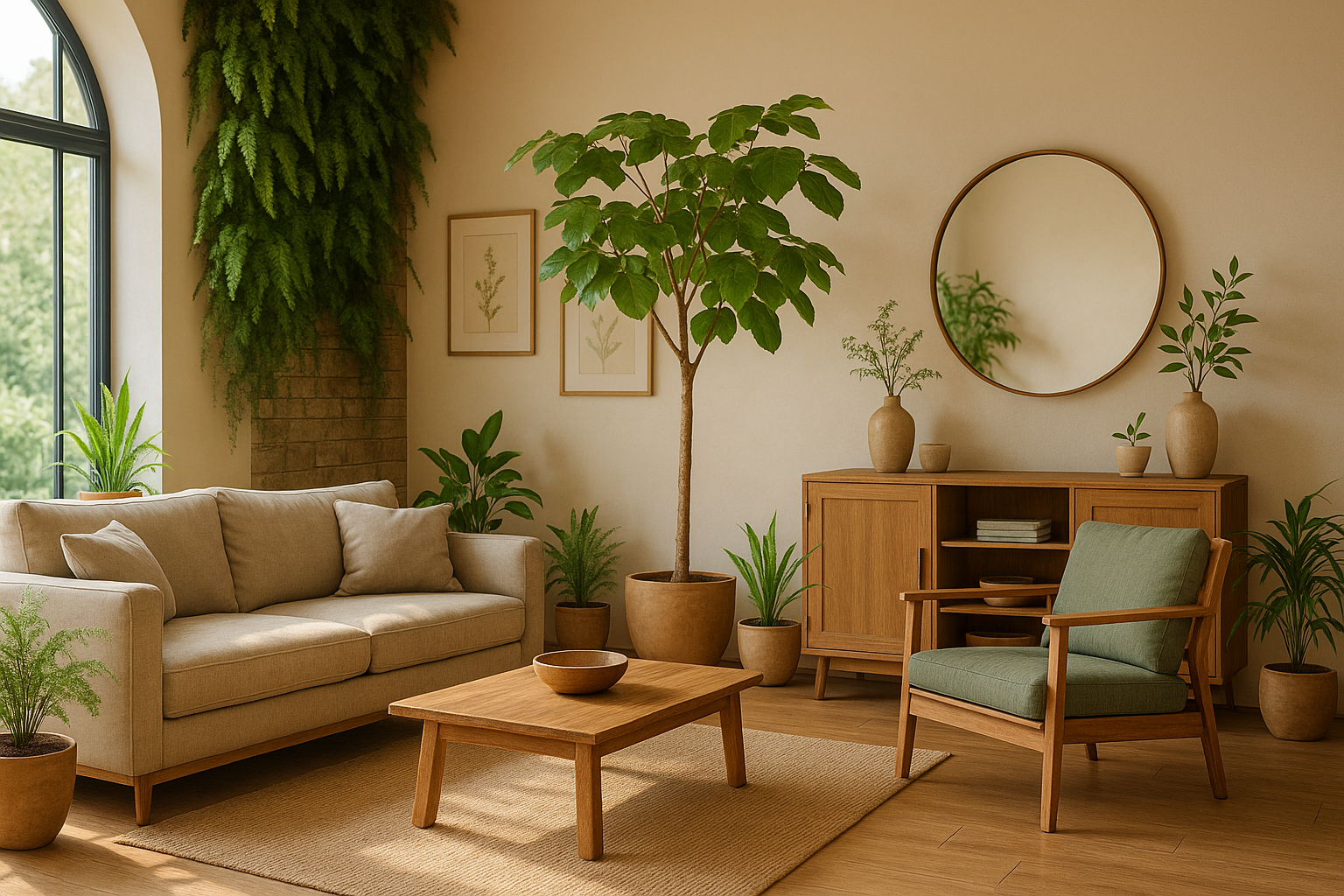
In our exploration of how home environments affect wellbeing, one powerful design approach stands out for its profound impact on human health: biophilic design. While our main guide discussed how overall home design influences physical and mental wellbeing, this focused article examines the specific benefits of incorporating nature into indoor spaces. Biophilic design—the practice of connecting people with natural elements in built environments—taps into our innate affinity for nature and delivers measurable health benefits that go far beyond aesthetic appeal.
The concept of biophilia, first popularized by biologist E.O. Wilson, suggests that humans possess an inherent need to connect with nature and other living systems. This biological tendency explains why we’re drawn to natural light, vegetation, water, and natural materials. By strategically bringing these elements indoors, biophilic design creates environments that support our physiological and psychological health in remarkable ways. From reduced stress and faster healing to improved cognitive function and creativity, the benefits of nature-inspired spaces make biophilic design one of the most effective approaches to creating truly health-promoting homes.
What You’ll Learn About Biophilic Design
For a comprehensive overview of how home design affects overall health, see our complete guide to home design and wellbeing.
In this focused exploration of biophilic design, we’ll cover:
🌿 The science behind biophilia and why humans respond so profoundly to natural elements
🪟 Key components of biophilic design that you can implement in any home
🧠 Measurable health benefits backed by research studies and clinical evidence
🏡 Practical implementation strategies for different spaces and budgets
🌱 Beyond plants: unexpected biophilic elements that many homeowners overlook
This article provides specific, actionable guidance for incorporating nature-based design into your home to achieve concrete health benefits. Whether you’re redesigning your entire living space or looking for simple additions to your current environment, you’ll discover how bringing nature indoors can transform your everyday wellbeing.
Biophilic design elements create environments that satisfy our innate need for nature connection, producing measurable improvements in physical and mental health.
The Science of Biophilia: Why We Need Nature
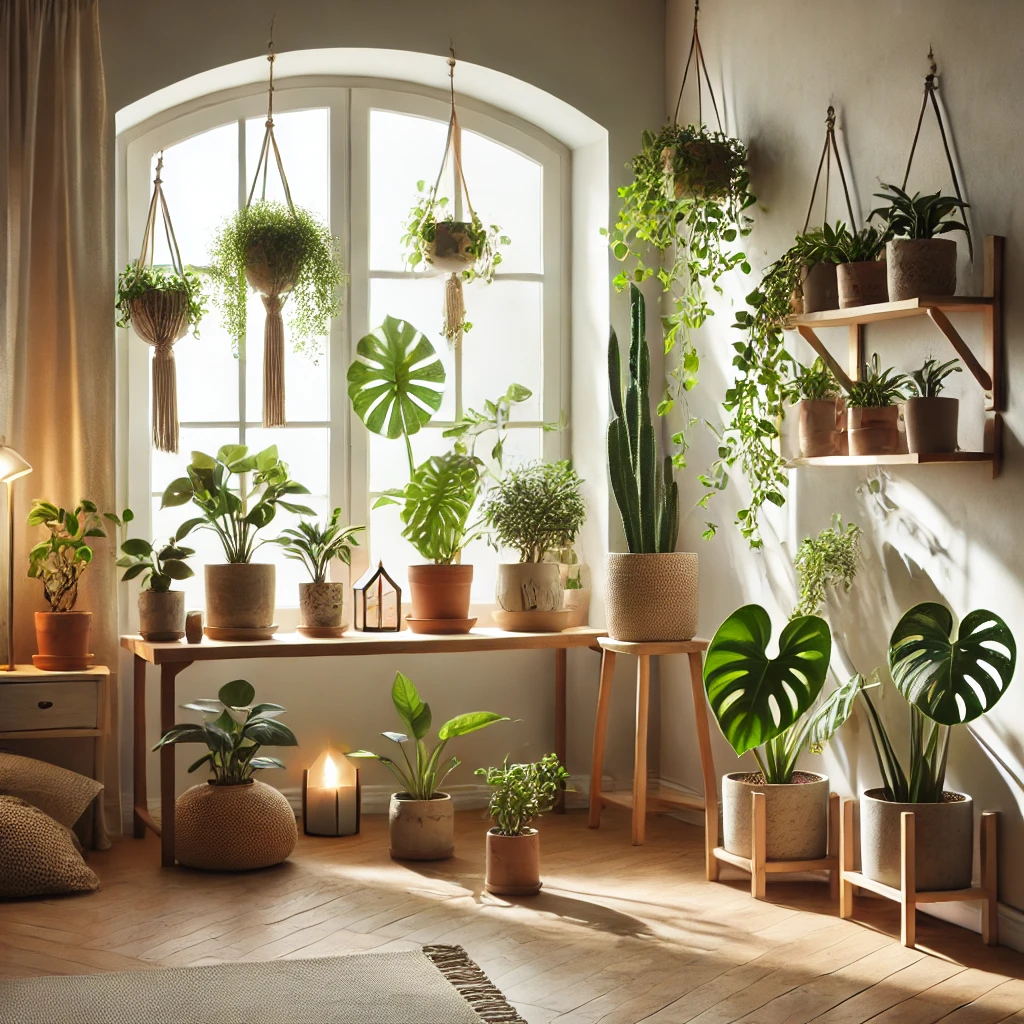
Our connection to nature isn’t just a preference—it’s a biological imperative wired into our DNA through millions of years of evolution. Research in neuroscience, endocrinology, and psychology reveals why exposure to natural elements triggers such profound physiological and psychological responses.
A groundbreaking study from the University of Illinois found that hospital patients with views of nature recovered 8.5% faster and required 22% less pain medication compared to patients facing brick walls. Similarly, research published in the International Journal of Environmental Research and Public Health demonstrated that just 20 minutes of nature exposure—even through images—significantly decreased cortisol levels and sympathetic nervous system activity.
The mechanisms behind these effects are fascinating. When we experience natural elements, several biological responses occur simultaneously:
- Parasympathetic activation: Natural settings activate our “rest and digest” system, reducing heart rate and blood pressure while improving digestion and immune function.
- Stress hormone reduction: Exposure to nature decreases cortisol production by up to 16%, according to research from the University of Edinburgh.
- Attention restoration: Natural environments provide “soft fascination” that allows directed attention to recover, reducing mental fatigue and improving focus.
- Microbial exposure: Contact with diverse natural elements introduces beneficial microorganisms that strengthen our microbiome and immune system.
Dr. Roger Ulrich, whose landmark studies first documented nature’s healing effects in healthcare settings, explains: “Our physiological responses to nature aren’t just psychological preferences—they’re biological imperatives that evolved because they provided survival advantages throughout human evolution.”
As our lives become increasingly dominated by artificial environments and digital interfaces, this biological need for nature connection becomes even more crucial. Biophilic design consciously reintroduces these essential natural elements into our daily habitat, addressing what researchers call our “nature deficit” in modern living environments.
Scientific research demonstrates how exposure to natural elements triggers measurable biological responses that improve multiple health markers.
Essential Components of Biophilic Design
Creating a truly biophilic space involves more than simply adding a houseplant or two. Comprehensive biophilic design incorporates multiple categories of natural elements that work together to create an environment that satisfies our biological need for nature connection.
Direct Natural Elements
The most straightforward approach to biophilic design involves introducing actual natural elements into your home:
- Living plants: Beyond their aesthetic appeal, indoor plants improve air quality by filtering toxins and releasing oxygen. Research from NASA identified several especially effective air-purifying varieties:
- Snake plants (Sansevieria) for bedrooms (release oxygen at night)
- Peace lilies for bathrooms (thrive in humidity)
- Pothos or spider plants for living areas (extremely adaptable)
- Natural light: Maximize daylight through window treatments that preserve privacy while admitting light; position mirrors to reflect light deeper into rooms; consider light tubes or skylights for windowless areas.
- Water features: The sight and sound of water provides powerful physiological benefits. Options include:
- Tabletop fountains (starting at $30-50)
- Wall-mounted water features
- Small aquariums that combine water and living organisms
- Natural materials: Incorporate minimally processed materials like:
- Solid wood furniture and accents
- Stone surfaces or decorative elements
- Natural fibers (wool, cotton, linen, jute) in textiles
Pro Tip: Create a “plant bath” ritual by bringing your houseplants into the bathroom when you shower. The steam benefits most plant varieties, while you benefit from an enhanced nature connection during a daily routine. This simple practice combines direct exposure to plants, water elements, and beneficial humidity for both you and your plants.
Indirect Natural References
When direct natural elements aren’t possible or sufficient, indirect references to nature still trigger biophilic responses:
- Natural patterns and forms: Incorporate designs that mimic natural structures:
- Fractal patterns (repeating at different scales)
- Organic shapes and curves
- Fibonacci sequences and golden ratio proportions
- Images of nature: High-quality photographs or artwork depicting natural landscapes, particularly scenes with:
- Prospect (open views) and refuge (protective enclosure)
- Green vegetation and blue water
- Seasonal elements relevant to your location
- Natural colors: Use color palettes drawn from nature:
- Blues reminiscent of sky and water
- Greens that evoke vegetation
- Earth tones that connect to soil and stone
- Natural scents: Incorporate authentic aromas from:
- Essential oils derived from plants
- Beeswax candles
- Natural wood and plant materials
As noted in our article on design elements that improve wellbeing, these nature-inspired components work synergistically with other design factors like proper lighting and acoustic considerations to create truly health-promoting environments.
Essential components of biophilic design include direct natural elements, nature-inspired patterns, natural materials, and strategic spatial arrangements.
Measurable Health Benefits of Biophilic Spaces
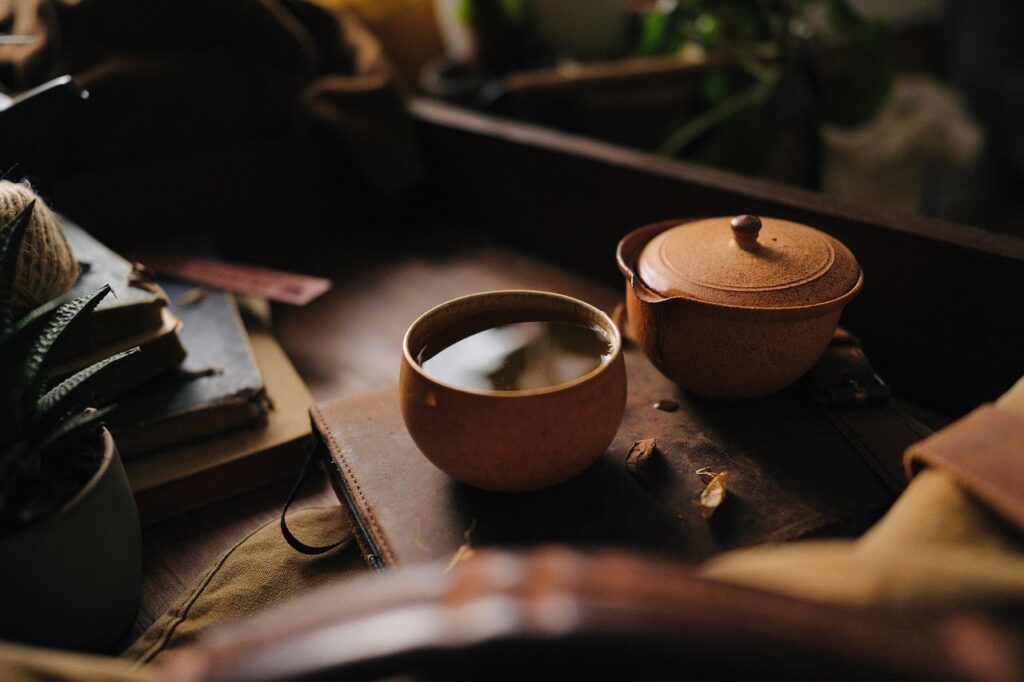
The effects of biophilic design go far beyond aesthetic improvements. Research demonstrates specific, measurable health outcomes that result from incorporating nature into indoor environments.
Physical Health Improvements
Biophilic elements contribute to physical wellbeing in several important ways:
- Enhanced air quality: Plants improve indoor air by:
- Reducing carbon dioxide levels
- Removing volatile organic compounds (VOCs)
- Increasing oxygen content
- Stabilizing humidity levels A study from Washington State University found that plants can reduce indoor air pollutants by up to 87%, significantly decreasing respiratory irritation and associated health problems.
- Better sleep quality: Nature exposure has been linked to improved sleep through:
- Regulation of circadian rhythms
- Reduced anxiety and rumination
- Increased physical comfort through humidity regulation Research participants experiencing biophilic environments during the day reported 23% improved sleep quality compared to those in non-biophilic settings.
- Accelerated healing: Multiple studies document how nature exposure speeds recovery:
- Post-surgical healing time decreased by 8.5%
- Pain medication use reduced by 22%
- Hospital stays shortened by an average of 0.41 days
- Improved immune function: Contact with diverse natural elements provides:
- Beneficial microbial exposure
- Reduced inflammatory responses
- Lower incidence of allergic conditions
A pioneering study from Chiba University in Japan found that “forest bathing” (immersion in natural settings) increased natural killer cell activity by 56%, with effects lasting more than 7 days—suggesting that even periodic exposure to natural environments provides lasting immune benefits.
Psychological and Cognitive Benefits
The mental health impacts of biophilic design are equally impressive:
| Psychological Benefit | Research Finding | Biophilic Element |
|---|---|---|
| Stress reduction | 37-60% decrease in cortisol | Views of nature, indoor plants |
| Depression improvement | 22% reduction in symptoms | Natural light, nature images |
| Anxiety decrease | 19-34% lower anxiety scores | Water elements, natural sounds |
| Attention restoration | 20% improvement in focus | Complexity and order in natural patterns |
| Creativity enhancement | 15% increase in creative problem-solving | Prospect views, dynamic natural elements |
“The cognitive benefits of biophilic environments are particularly valuable in our attention-depleted society,” explains Dr. Stephen Kaplan, environmental psychologist and developer of Attention Restoration Theory. “Natural settings provide the perfect balance of stimulation and ease that allows our directed attention to recover.”
For those working from home, incorporating biophilic elements can significantly improve productivity, focus, and job satisfaction. A Human Spaces report found that employees in workplaces with natural elements reported 15% higher wellbeing, 6% greater productivity, and 15% more creativity compared to those in environments without nature elements.
Research demonstrates specific health improvements associated with biophilic design, from reduced stress hormones to enhanced cognitive function.
Implementing Biophilic Design in Different Spaces
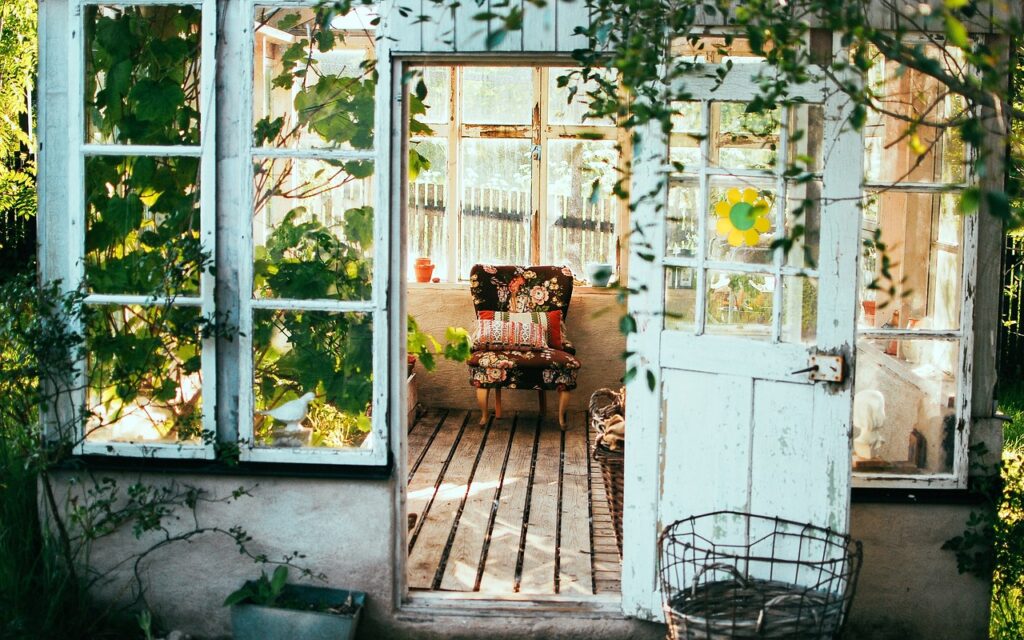
Each area of your home serves different functions and offers unique opportunities for biophilic integration. Here’s how to tailor your approach to specific spaces:
Bedrooms: Supporting Rest and Restoration
The bedroom offers prime opportunities for health-promoting biophilic design:
- Sleep-supporting plants: Choose varieties that:
- Release oxygen at night (snake plants, aloe vera)
- Have calming properties (lavender, jasmine)
- Thrive in lower light conditions
- Natural bedding materials: Prioritize:
- Organic cotton, bamboo, or linen sheets
- Wool, kapok, or latex pillows and mattresses
- Minimally treated wood bed frames
- Circadian-supporting light: Install:
- Blackout curtains to ensure darkness during sleep
- Warm-spectrum lighting for evening use
- Programmable lights that mimic sunrise for gentle awakening
Important: Keep electronics away from plants in bedrooms, as some research suggests electromagnetic fields from devices can stress plants. Position plants at least 3-4 feet from routers, TVs, and charging stations.
Living Spaces: Balancing Activity and Calm
Common areas benefit from biophilic elements that support both social interaction and relaxation:
- Strategic plant placement: Create visual connections to nature from primary seating positions—place larger plants where they’ll be in your line of sight during regular activities.
- Nature views: Position furniture to maximize views of outdoor green spaces; use mirrors to reflect glimpses of nature or extend views.
- Textural variety: Incorporate multiple natural textures to create sensory richness:
- Rough (jute rugs, stone accents)
- Smooth (polished wood, river rocks)
- Soft (wool throws, cotton upholstery)
- Air-purifying plant arrangements: Place groupings of complementary plants in areas with 6-10 hours of appropriate light. Consider:
- Spider plants with peace lilies for efficient air filtering
- Varied heights and growth habits for visual interest
- Similar water and light needs for easier maintenance
For open-concept spaces that serve multiple functions, use plants and natural elements as gentle space dividers that define different activity zones while maintaining visual connection.
Home Offices: Supporting Focus and Creativity
Work spaces particularly benefit from biophilic elements that enhance cognitive function:
- Prospect and refuge: Position your desk to provide:
- A view (prospect) to the largest available space or window
- Protection (refuge) with a solid wall behind you
- Visual access to at least one living plant
- Varied stimulation: Include:
- Dynamic elements (moving water, plants that respond to air movement)
- Complex-yet-ordered natural patterns in artwork or textiles
- Subtle natural sounds (gentle water features, nature recordings)
- Air-quality boosters: Incorporate:
- Plants known for VOC removal (Boston ferns, rubber plants)
- Natural air purifiers like beeswax candles or salt lamps
- Materials that don’t off-gas chemicals
If you’re specifically creating a home office environment, check out our detailed guide on Designing Home Offices for Productivity and Wellbeing for additional strategies that complement biophilic approaches.
Different spaces in your home benefit from tailored biophilic strategies that support the specific activities and moods appropriate to each area.
Beyond Plants: Unexpected Biophilic Elements
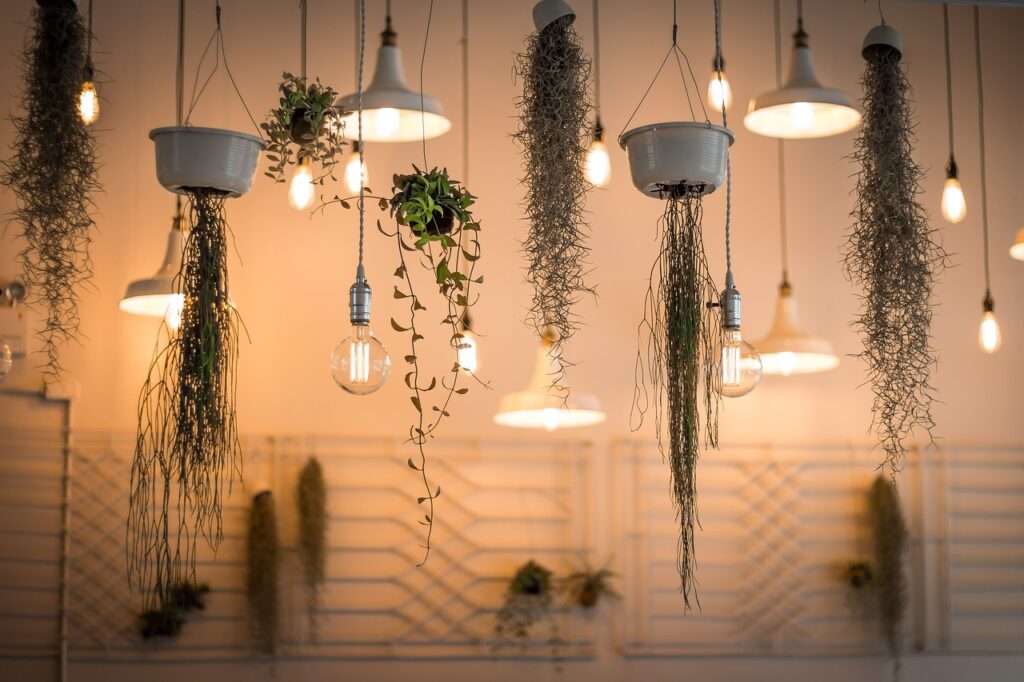
While plants are the most obvious biophilic addition, truly comprehensive nature-inspired design incorporates many other elements that trigger positive biological responses.
Natural Light Dynamics
Light in nature is never static—it changes intensity, angle, and color temperature throughout the day. Mimicking these natural variations supports healthier circadian rhythms:
- Dynamic lighting: Install:
- Smart bulbs programmed to shift from energizing cool light in morning to calming warm light in evening ($20-60 per bulb)
- Multiple light sources at different heights to create natural light layering
- Light fixtures that cast dappled shadows reminiscent of sunlight through leaves
- Reflective surfaces: Incorporate:
- Mirrors positioned to capture and extend natural light
- Metallic accents that create subtle movement of light
- Water features that generate dynamic light patterns
- Seasonal adaptations: Adjust:
- Window treatments seasonally to optimize natural light
- Light intensity to complement outside conditions
- Color temperature based on seasonal patterns
Natural Sounds and Acoustics
Acoustic elements significantly influence our experience of space and can connect us to nature even when visual elements are limited:
- Water sounds: The sound of water provides documented stress-reduction benefits through:
- Small fountains or water features
- Recorded water sounds via unobtrusive speakers
- Rainfall collectors that amplify natural precipitation sounds
- Natural acoustic properties: Create spaces with varied acoustic qualities using:
- Wood panels that provide warm sound reflection
- Textiles that offer soft sound absorption
- Plant arrangements that diffuse and filter sound waves
- Background biophony: Incorporate recorded nature sounds that match your local ecosystem:
- Morning bird calls for energizing spaces
- Evening insect sounds for relaxation areas
- Distant wave patterns for sleep spaces
Air Movement and Thermal Variability
Natural environments feature subtle variations in temperature and air movement that we instinctively find comfortable:
- Air circulation: Create gentle air movement with:
- Ceiling fans set to lowest settings
- Cross ventilation through strategic window use
- Plants positioned to reveal air currents through gentle leaf movement
- Microclimate zones: Develop areas with slightly different thermal properties:
- Cooler, breezier spaces for active areas
- Warmer, still-air zones for relaxation
- Temperature gradients that allow choice and adaptation
Attention: When incorporating natural sounds or scents, be mindful of sensory sensitivities that household members or guests might have. Provide ways to adjust or minimize these elements when needed. Subtle implementation is usually more effective than overwhelming sensory experiences.
For additional strategies that complement biophilic design, explore our article on 5 Design Elements That Improve Everyday Wellbeing, which discusses how these nature-based approaches work synergistically with other wellbeing-focused design principles.
Beyond plants, comprehensive biophilic design includes dynamic lighting, natural sounds, air movement, and materials that connect us to nature in multiple ways.
Biophilic Design for Different Situations
The beauty of biophilic design lies in its adaptability to various circumstances. Here are targeted strategies for common challenges:
Small Spaces and Apartments
Limited square footage requires creative biophilic solutions:
- Vertical greening: Utilize wall space with:
- Wall-mounted planters ($15-75)
- Hanging plants from ceiling hooks
- Tall, slender plant varieties that grow upward
- Dual-purpose elements: Choose items that serve multiple functions:
- Room dividers with integrated planters
- Furniture with living plant components
- Window shelving for plants that maximizes light without using floor space
- Visual extensions: Create perceived connections to nature:
- Strategic mirrors to reflect existing plants or outdoor views
- High-quality nature photography at eye level
- Window films that provide views while maintaining privacy
Rental Properties with Restrictions
When permanent changes aren’t possible, these approaches work well:
- Free-standing elements: Add nature without modifications:
- Plant stands and large floor plants
- Tabletop water features with no installation requirements
- Furniture made from natural materials
- Temporary installations: Create non-permanent natural features:
- Tension rod plant hangers between walls
- Removable window shelves for small plants
- Peel-and-stick nature-inspired wallpaper
- Light adaptations: Improve lighting without permanent changes:
- Lamp bulbs with natural light spectrum
- Light therapy devices for seasonal support
- Plug-in dimmer cords for existing lamps
Low-Maintenance Options
For those with limited time or experience with plants:
- Resilient plant species: Choose varieties known for durability:
- ZZ plants (tolerate low light and irregular watering)
- Succulents (require minimal water and care)
- Snake plants (nearly indestructible with basic care)
- Self-watering solutions: Implement systems that reduce maintenance:
- Self-watering planters with water reservoirs ($15-40)
- Glass watering globes for vacation periods
- Moisture meters to prevent over/under-watering ($10-15)
- Alternative natural elements: Incorporate low-maintenance natural items:
- Preserved moss walls (real moss, preserved, requiring no care)
- Branches and driftwood as sculptural elements
- Natural stone accessories and surfaces
Adaptable biophilic strategies for different living situations, including small spaces, rental properties, and low-maintenance approaches.
Conclusion: Creating Your Biophilic Action Plan
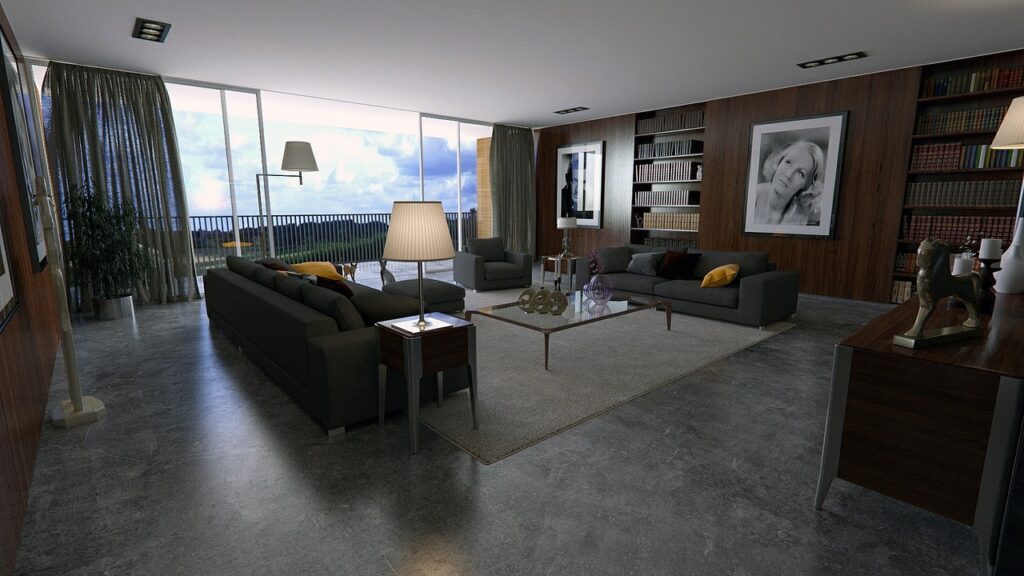
Integrating nature into your home through biophilic design offers perhaps the highest return on investment of any wellbeing-focused design strategy. The combination of strong scientific evidence, tangible health benefits, and relatively accessible implementation makes it an ideal approach for anyone seeking to create a truly health-supporting home environment.
Steps to Get Started
Begin your biophilic journey with these concrete steps:
- Assess your current nature connection:
- Identify areas with minimal natural elements
- Evaluate natural light patterns throughout the day
- Note spaces where you spend the most time
- Start with high-impact areas:
- Add plants to the rooms where you spend most waking hours
- Enhance natural light in primary activity spaces
- Incorporate natural materials in frequently touched items
- Create maintenance systems:
- Set up a simple plant care schedule
- Group plants with similar needs
- Prepare for seasonal adjustments
- Observe and adapt:
- Notice how different natural elements affect your mood and energy
- Adjust placements based on plant health and your response
- Gradually expand your biophilic elements as you develop confidence
Remember that biophilic design is an ongoing relationship with your living space, not a one-time project. As you become more attuned to how natural elements affect your wellbeing, you’ll discover increasingly personalized ways to bring nature’s benefits into your daily life.
For a comprehensive understanding of how biophilic design fits into the broader context of home health, revisit our main article on How Your Home Design Affects Your Physical and Mental Health.
A systematic approach to implementing biophilic design creates a home environment that actively supports health through meaningful connections to nature.
Frequently Asked Questions
Common questions about incorporating biophilic design elements for improved health and wellbeing.
🌿 I kill every plant I bring home. Are there truly “unkillable” options for black-thumbed beginners?
Yes! Start with these nearly indestructible varieties: Snake plants (Sansevieria) can go weeks without water and tolerate low light; ZZ plants (Zamioculcas zamiifolia) have drought-resistant rhizomes that store water; and Pothos (Epipremnum aureum) will clearly droop before dying, giving you ample warning. The key for beginners is under-watering rather than over-watering—most houseplants die from too much water. Use the “finger test”—stick your finger 2 inches into the soil and only water when it feels dry at that depth.
☀️ Does artificial light provide any of the same biophilic benefits as natural sunlight?
While natural sunlight is ideal, full-spectrum LED lighting (5000-6500K color temperature) can provide partial benefits. Research shows that high-quality artificial lighting that mimics natural light spectral distribution can support circadian rhythms and improve mood, though it doesn’t provide all the benefits of sunlight (particularly vitamin D production). For spaces with limited natural light, combine the best artificial lighting with other biophilic elements like plants and natural materials to create a more complete nature connection.
🏙️ I live in an urban apartment with no outdoor views. How can I create a nature connection?
Urban settings require creative approaches to nature connection. Focus on: large-scale nature photography that creates “virtual windows”; sound machines with authentic nature recordings (not synthetic sounds); abundant plants grouped to create immersive green zones; natural materials in furniture and accessories; and light that changes throughout the day. Consider a projector that displays subtle nature scenes on a wall, or virtual windows (digital screens behind window frames) displaying real-time nature footage. Even brief daily exposure to authentic natural elements can provide significant benefits.
💵 What are the most cost-effective biophilic improvements with the biggest health returns?
The highest return-on-investment comes from: 1) Maximizing natural light by removing heavy window coverings and using mirrors strategically (often free); 2) Adding 2-3 medium-sized air-purifying plants to your most-used rooms ($30-60 total); 3) Incorporating natural sounds through simple water features or quality recordings ($20-50); and 4) Replacing synthetic materials with natural ones as items need replacement anyway. For extremely limited budgets, even bringing foraged natural elements like interesting branches or stones indoors can trigger positive biophilic responses.
🤔 Are artificial plants or nature photographs effective substitutes for living plants?
Research shows a hierarchy of effectiveness: living plants provide the greatest benefits, followed by realistic artificial plants, then high-quality nature images. A 2015 study found that realistic artificial plants provided about 75% of the stress-reduction benefits of living plants, while high-quality photographs provided approximately 60% of the benefits. If maintenance is impossible, high-quality silk plants or detailed photography are better than no nature representation, but try to include at least one living element (even an extremely low-maintenance air plant or cactus) for maximum benefit.
For Comprehensive Understanding
For a complete exploration of how home design affects health, including biophilic principles, check out our in-depth guide: How Your Home Design Affects Your Physical and Mental Health
What specific aspect of home design would you like to focus on first for your health? Have you noticed particular areas of your home that affect how you feel? Share your experiences in the comments below!

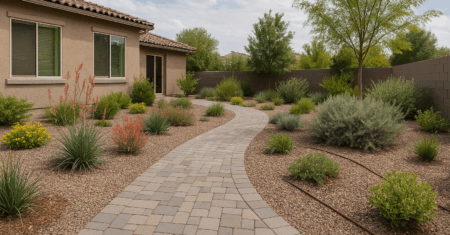
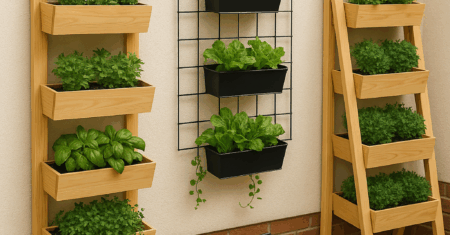
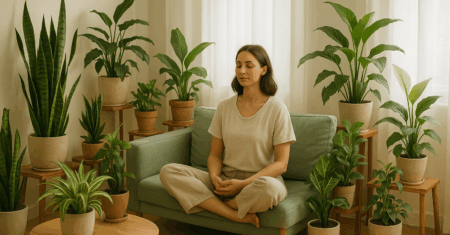
0 Comments